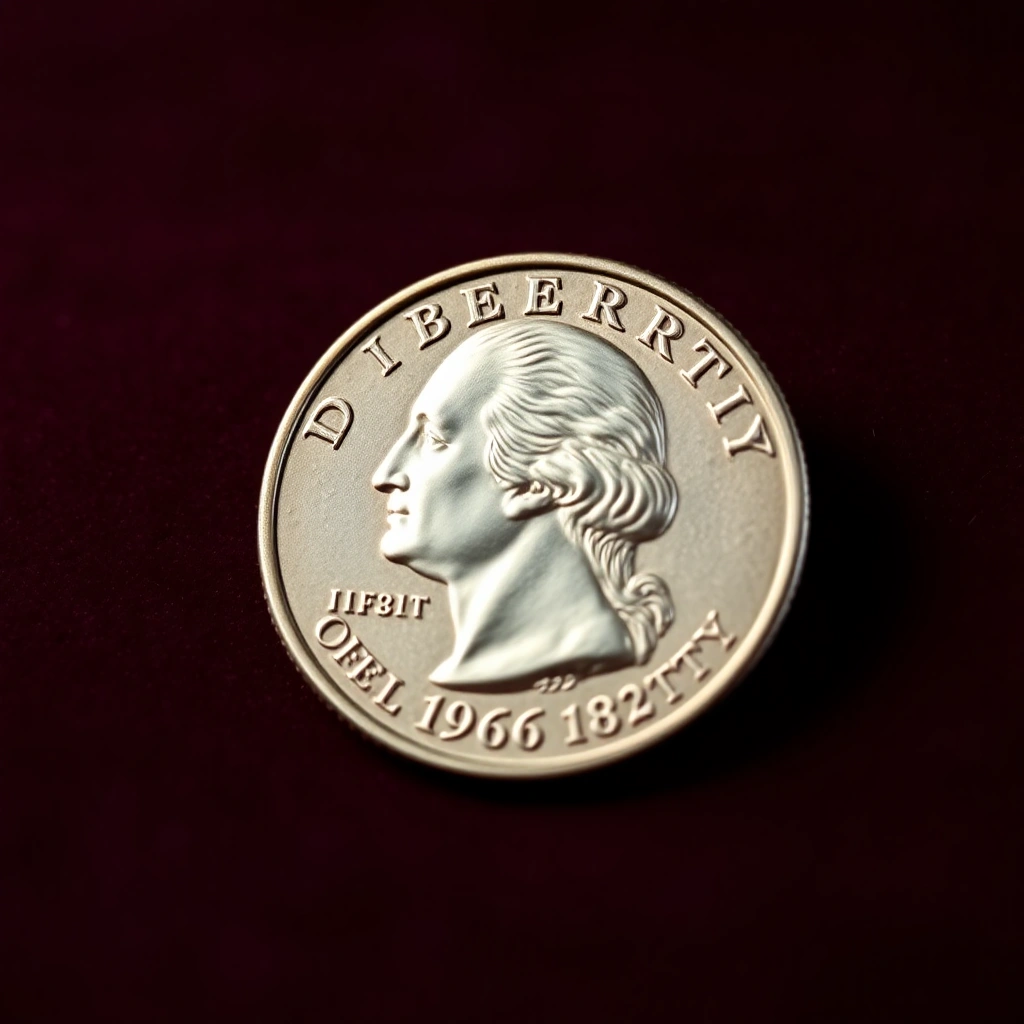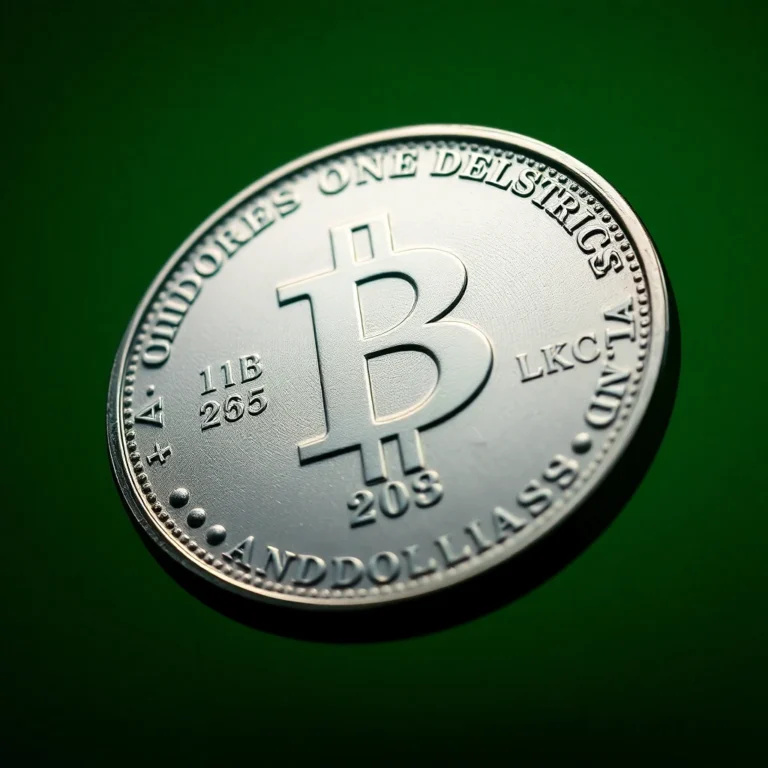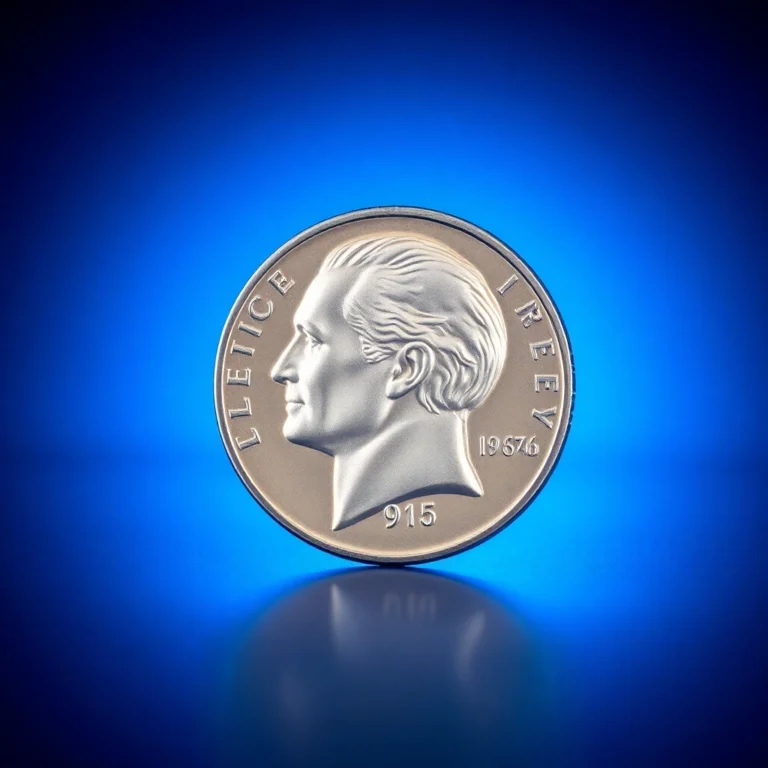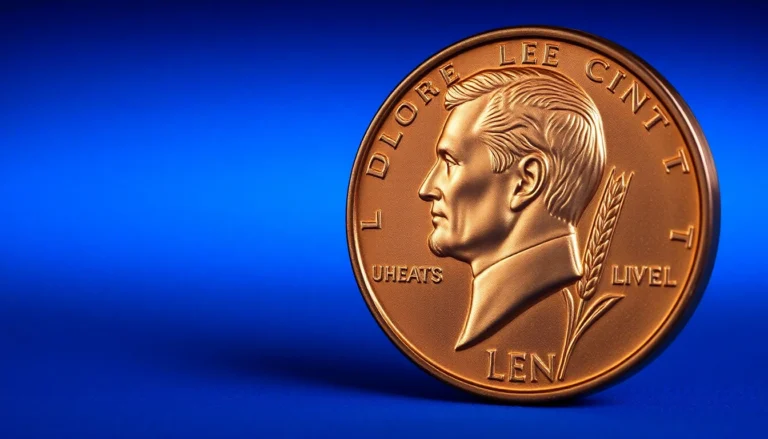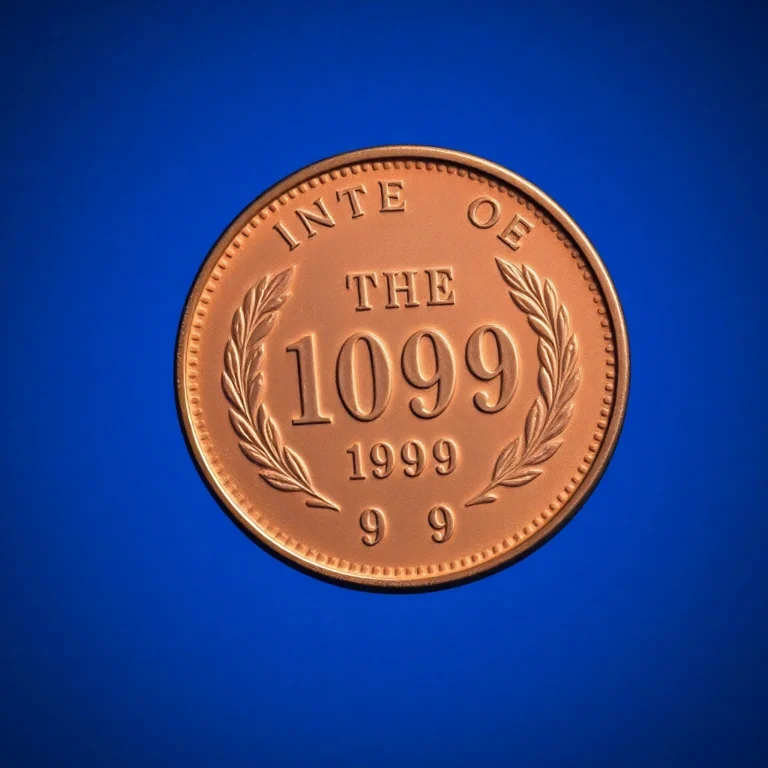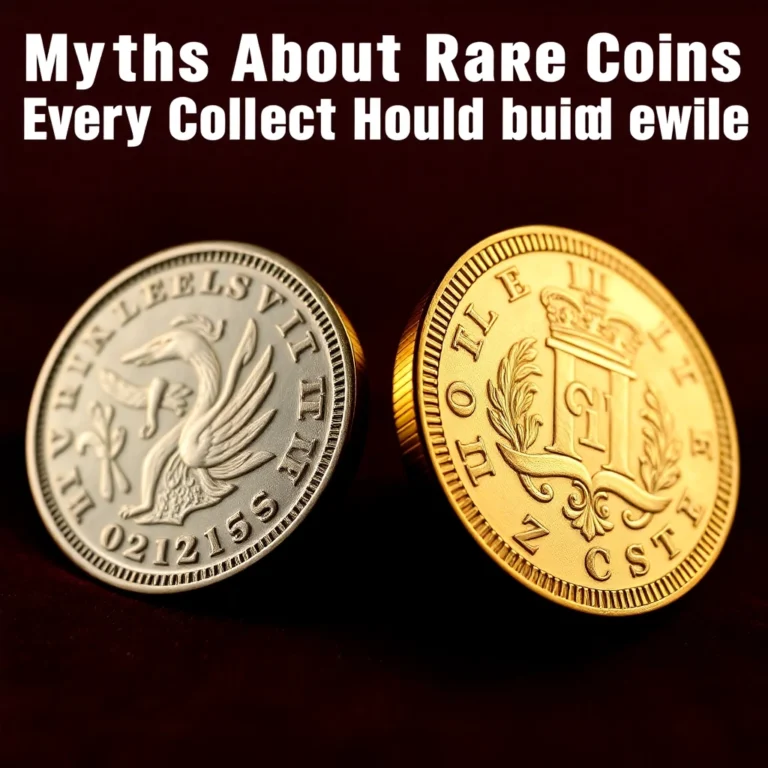Imagine holding a piece of every corner of America in the palm of your hand—this is the allure of collecting US State Quarters. Launched in 1999, the US Mint embarked on an ambitious journey to commemorate each of the 50 states, plus the District of Columbia and five US territories. Collectors were instantly captivated, not just by the beautiful designs but by the challenge of completing the series. The hunt for these quarters has become a rite of passage for numismatists and casual collectors alike.
In this article, you’ll discover the intricate art of building a complete collection of US State Quarters, diving into the story behind each design and uncovering the rarest variants that truly set a collection apart. We’ll explore the historical significance of these coins, examining how they capture the essence of American heritage. Whether you’re a seasoned collector or a curious newcomer, mastering this series is a rewarding endeavor.
As we delve into the world of US State Quarters, prepare to unearth coins that are not only rich in history but also potentially lucrative in value. Some variants, due to limited mintage or unique errors, are treasures hiding in plain sight. Ready to embark on this numismatic adventure? Let’s uncover the hidden gems that make the State Quarters an essential chapter in coin collecting.
Building a Complete Collection of US State Quarters and Their Rarest Variants
The US State Quarters program is one of the most popular numismatic initiatives in the history of American coinage. Launched in 1999, the program captured the interest of both seasoned collectors and the general public, introducing millions to the world of coin collecting. This article will guide you through the essentials of building a complete collection, highlighting the historical significance, physical characteristics, and market values of these iconic coins. 🪙
Historical Background and Significance
Initiated by the United States Mint, the 50 State Quarters Program ran from 1999 to 2008, releasing five new quarters each year, each representing a different state. The program commemorated each state’s unique history and culture, significantly increasing public interest in coin collecting. This initiative was not only a celebration of American diversity but also a successful strategy to engage a new generation of collectors.
Physical Characteristics and Design
The State Quarters are standard quarter-dollar coins, featuring a diameter of 24.26 mm and a weight of 5.67 grams. Composed of cupronickel, each coin features a unique reverse design emblematic of the state it represents, while the obverse retains the traditional portrait of George Washington. The intricate designs reflect state symbols, landmarks, and mottos, making each quarter a miniature piece of art. 🎨
Mintage Figures and Rarity
Mintage figures for State Quarters vary widely, influencing their rarity and value. Some of the most common quarters, like those from Delaware and Pennsylvania, were produced in large quantities. In contrast, states like Oklahoma and Hawaii saw much lower mintage numbers, making them more desirable to collectors.
Known Varieties and Errors
Collecting State Quarters is not without its surprises. Various errors and varieties have been discovered, adding an exciting dimension to collecting. Notable examples include the “Spitting Horse” Delaware quarter and the Wisconsin quarter with extra leaf varieties. These errors increase the value of the coins significantly.
Value Information
The value of State Quarters varies based on condition, rarity, and demand. Below are value tables for some of the rarest and most sought-after quarters:
Hawaii State Quarter Values
| Grade | Value Range |
|---|---|
| Good (G-4) | $1.25-$1.50 |
| Very Good (VG-8) | $1.50-$2.00 |
| Fine (F-12) | $2.00-$3.00 |
| Very Fine (VF-20) | $3.00-$4.00 |
| Extremely Fine (EF-40) | $4.00-$5.00 |
| About Uncirculated (AU-50) | $5.00-$7.00 |
| Mint State (MS-60) | $7.00-$10.00 |
| Gem Mint State (MS-65) | $10.00-$15.00 |
